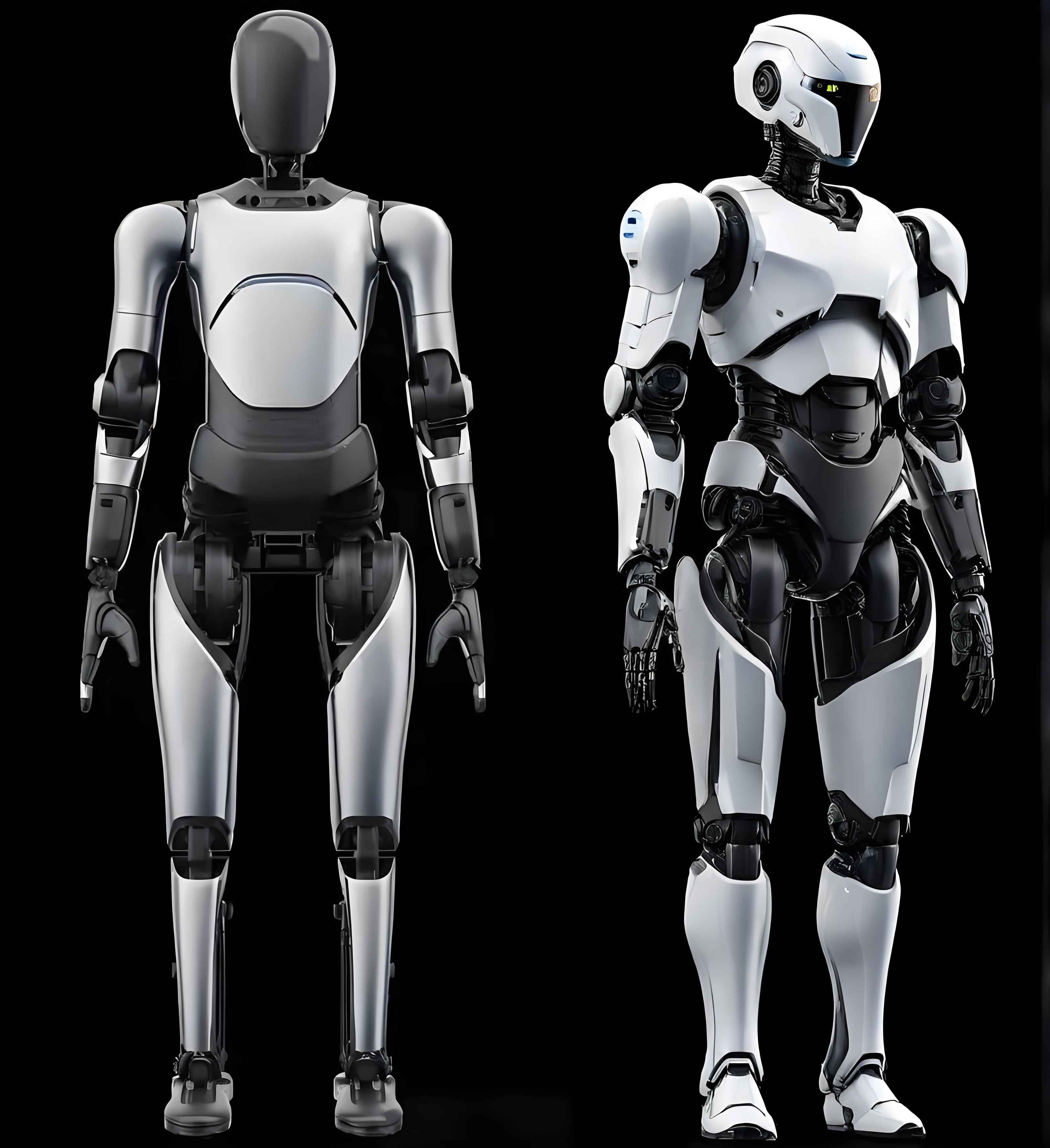The whirring symphony of servo motors greets visitors at the Tangshan-Zhongguancun Robot Innovation Center, where 20+ specialized machines—from ceramic glaze artists to explosive-hazard inspectors—embody China’s aggressive leap into autonomous industrialization. This facility, a brainchild of Beijing’s tech prowess and Tangshan’s manufacturing muscle, epitomizes how China robot capabilities are reshaping regional economies. As robotics garners status as the “jewel in manufacturing’s crown,” this corridor now anchors 65% of Hebei Province’s robot enterprises, with 200 companies clustered in Tangshan High-tech Zone alone.

The “Robot+” Ecosystem: Where Beijing Algorithms Meet Tangshan Steel
When Zhongguancun’s innovation engine collided with Tangshan’s industrial legacy, it ignited what Meng Yang, Director of Zhongguancun Robot Innovation Center, calls “synergy no single region could achieve.” Beijing provides R&D firepower; Tangshan offers real-world testing grounds like steel mills and cement plants. The result? China robot solutions tackling niche challenges:
- An autonomous concrete sampler eliminating human error in quality testing
- Visual-inspection bots scanning steel surfaces at 2,000°C
- Collaborative robots (cobots) assembling delicate ceramics
“Factories here demand durability,” notes Yang Shengwei of Sixth Mirror Technology, a Beijing AI firm that relocated to Tangshan. “When your robot withstands coal dust and vibrations, it’s ready for global mines or factories.”
Breeding Ground for Breakthroughs
The Innovation Center operates like a robot matchmaker:
- Problem Hunting: Engineers weekly scout factories to identify automation gaps (e.g., hazardous material handling).
- Tech Tailoring: Developers create custom solutions, like explosion-proof inspection robots for petrochemical plants.
- Chain Integration: A visualized map of Beijing-Tianjin-Hebei supply chains exposes bottlenecks—accelerating part sourcing.
In 2024, this model attracted 73 new robot firms and spawned 30+ “robot+” implementations. One flagship project—a flexible production line for automotive welding—cut defect rates by 99% while operating 30% faster than manual lines.
Why “Made in China” Robots Are Going Global
Tangshan’s rise mirrors national strategy. China aims to dominate 45% of global industrial robot sales by 2030, per MIT Technology Review. The Tangshan-Zhongguancun hub fuels this via:
- Cost Innovation: Locally sourced reducers and controllers slash production costs 40% versus imports.
- Hyper-Specialization: Bots designed for ceramic spray glazing or acupuncture therapy outperform general-purpose imports.
- Policy Jet Fuel: Municipal tax breaks cover 50% of R&D expenses for robot startups.
Professor Elena Rossi (robotics chair at Milan Polytechnic, interviewed via email) observes: “China robot manufacturers now lead in vertical-specific adaptability. Western firms focus on precision; Chinese labs prioritize context resilience—like operating in -30°C freezer warehouses.”
The Human Equation
Contrary to “job-stealer” narratives, Tangshan’s robot boom created 3,000 high-skill positions in 2024—from AI trainers to maintenance engineers. At Hope Medical, therapists use sensor-equipped massage robots to treat 800 patients daily. “The machine handles repetitive pressure application,” explains lead physiotherapist Liu Wei. “My team focuses on diagnosis and recovery planning.”
The Road to 2030
Challenges persist. Core components like high-precision sensors remain import-dependent. Yet Tangshan’s playbook—merging Beijing’s software genius with gritty industrial DNA—offers a template. Over 130 patents filed here in 2024 signal relentless innovation. As global manufacturing seeks automation lifelines, China robot solutions born in this corridor may well set tomorrow’s standard.
